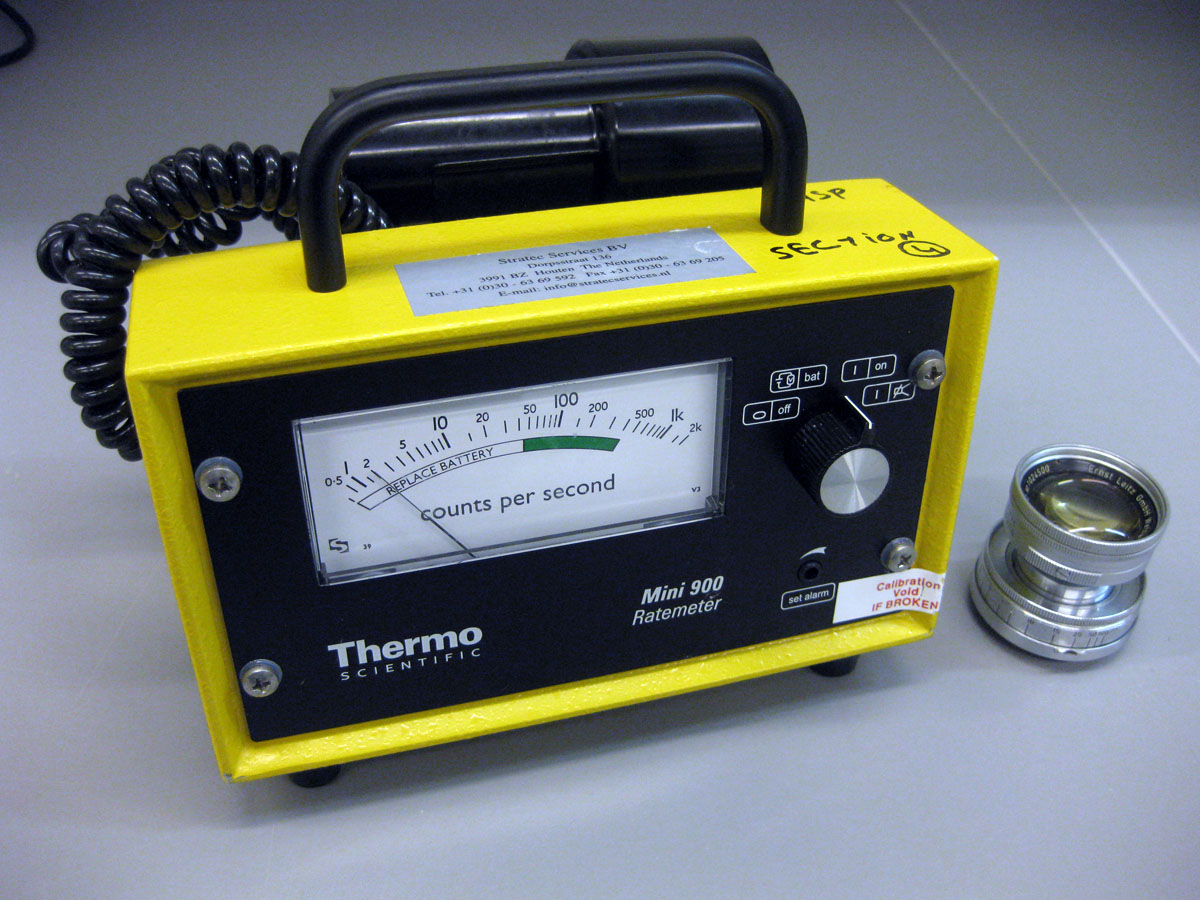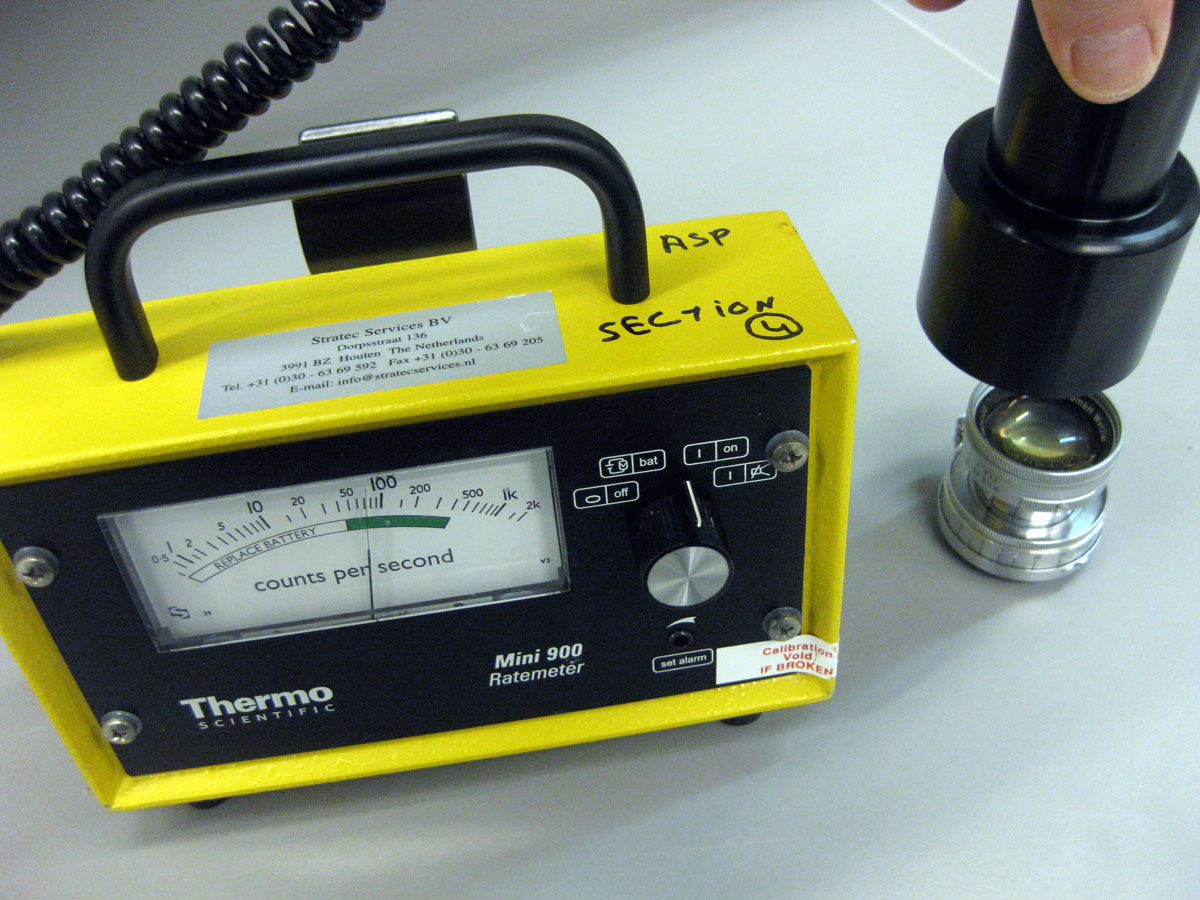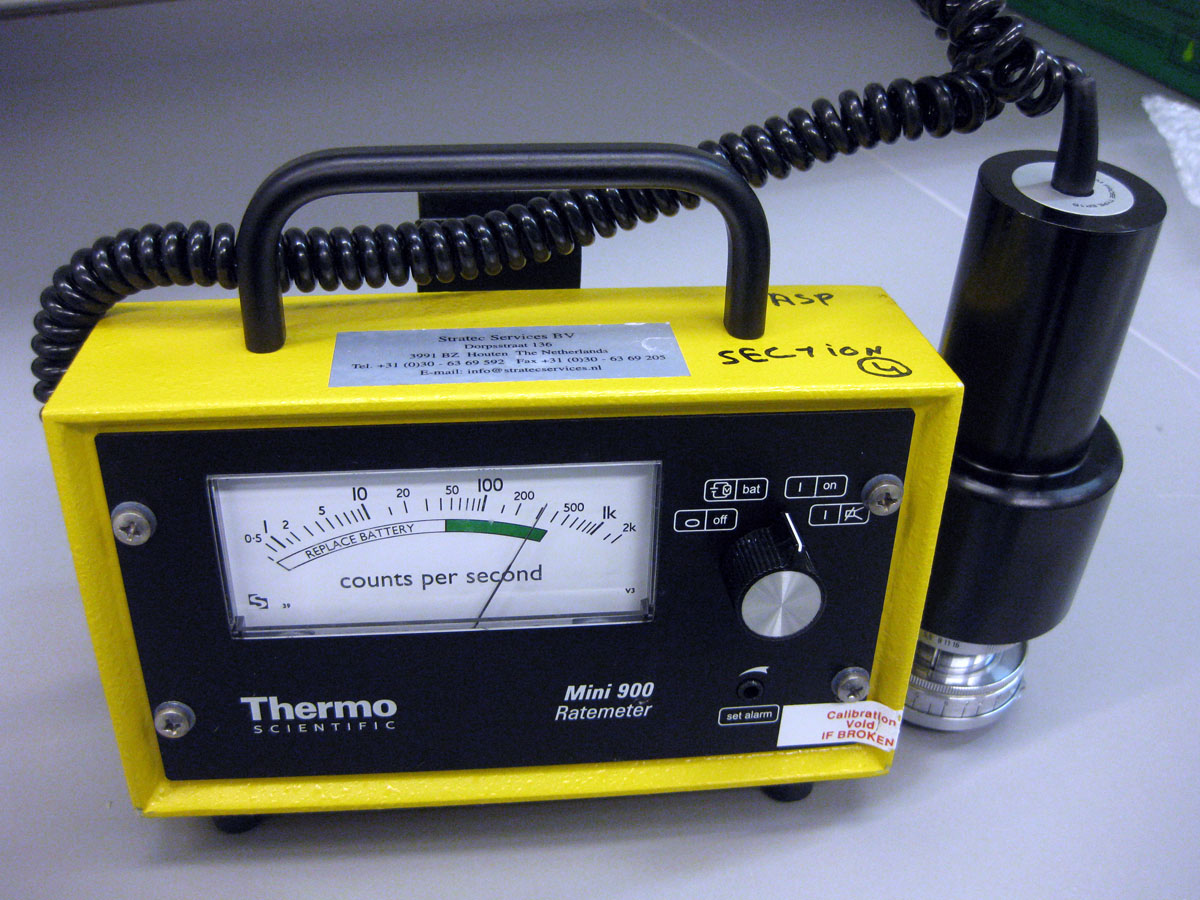rxmd
May contain traces of nut
On top of that half lives of alfa emitters are very long.
There are some alpha emitters with a long half-life, but alpha decay doesn't mean long half-life all by itself. There are other alpha emitters with pretty short half-lives, such as Polonium-218 with a few minutes.
Of course those with the longer half-life are around longer. But that doesn't mean they're more dangerous, rather the opposite. The longer the half-life, the safer it is. If the half-life is longer, it radiates less. A material with a half-life of a few million years is much less hazardous than one with a half-life of five minutes. Thorium in optical glass, for example, is pretty harmless.






